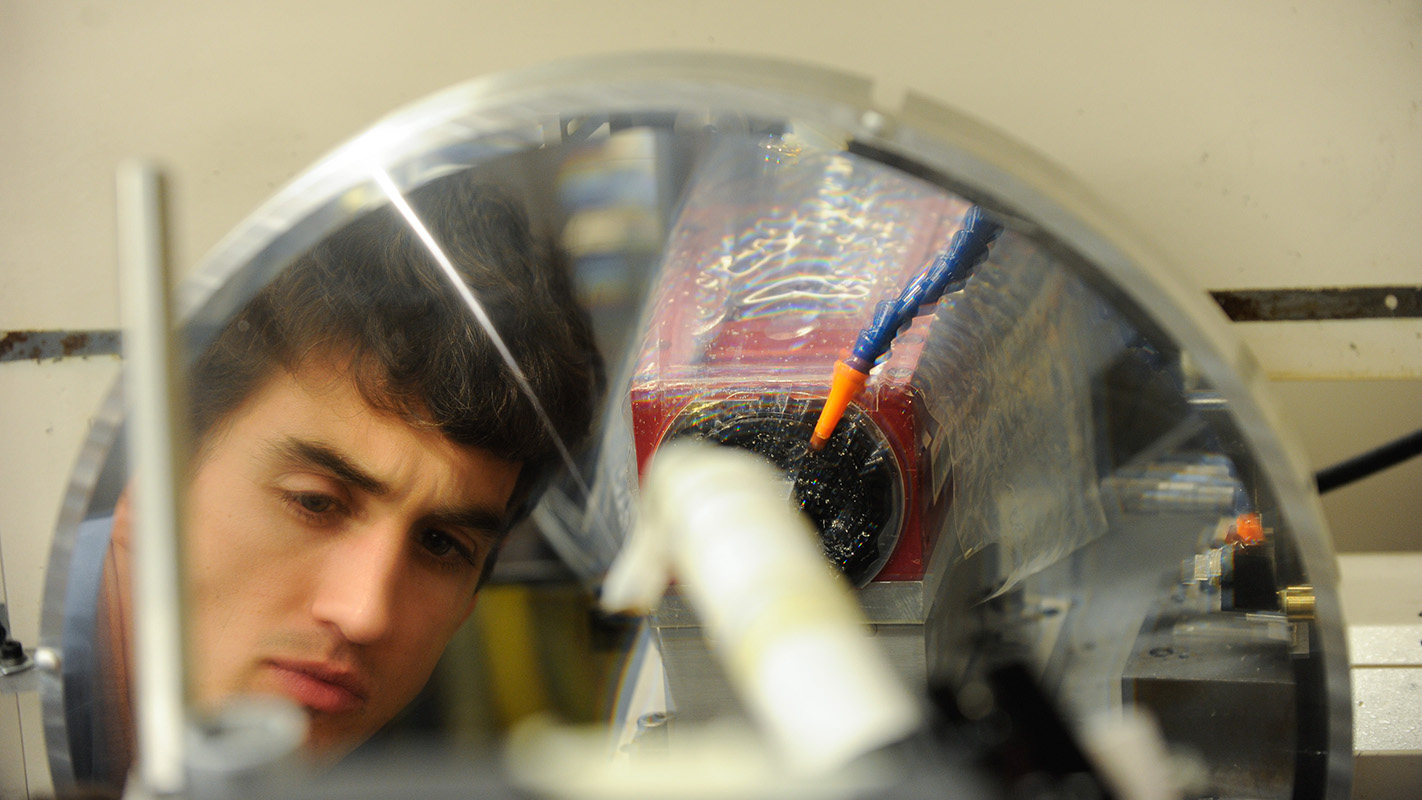partnerships
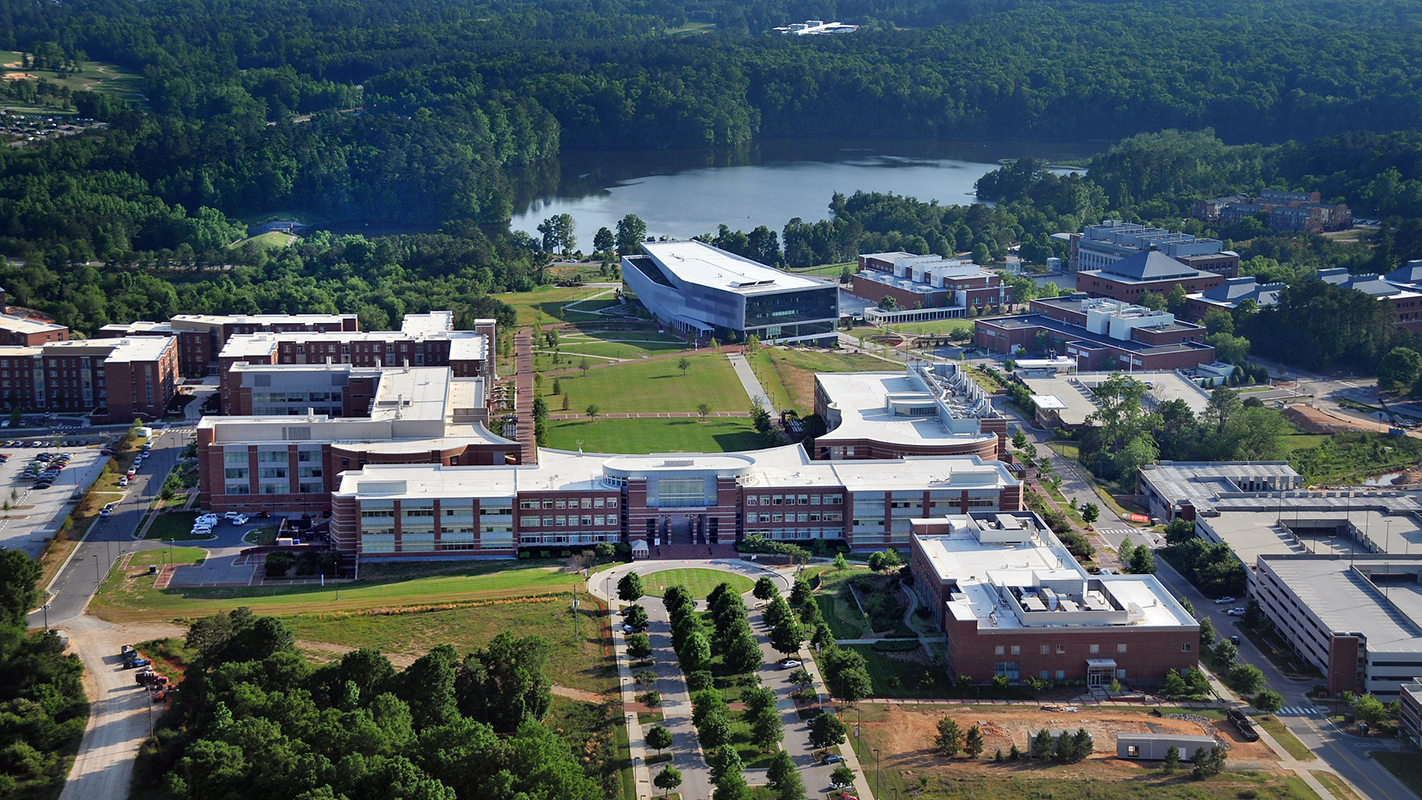
Computer Sciences Will Rock the Oval
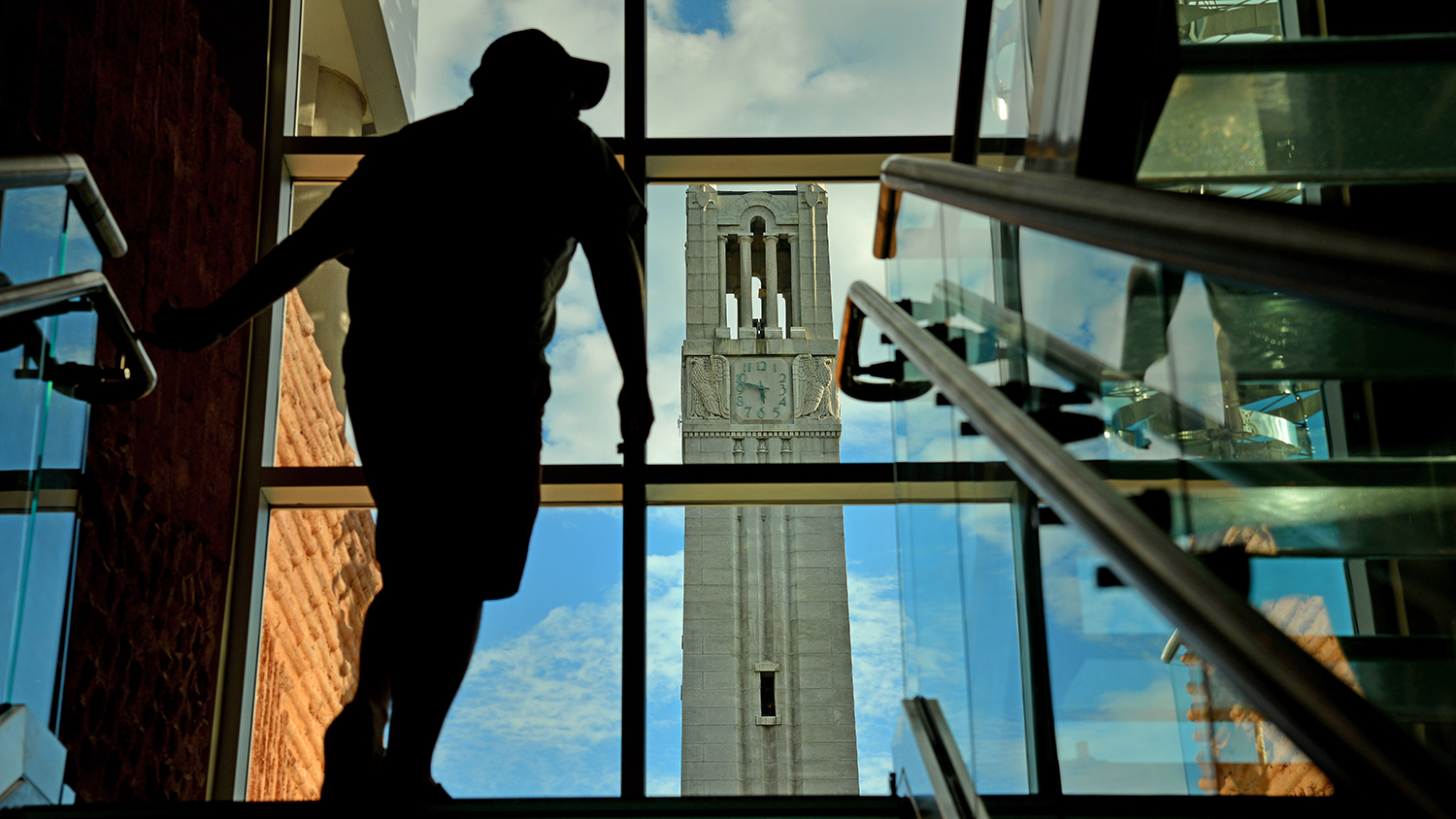
Eastman Partnership a Win-Win
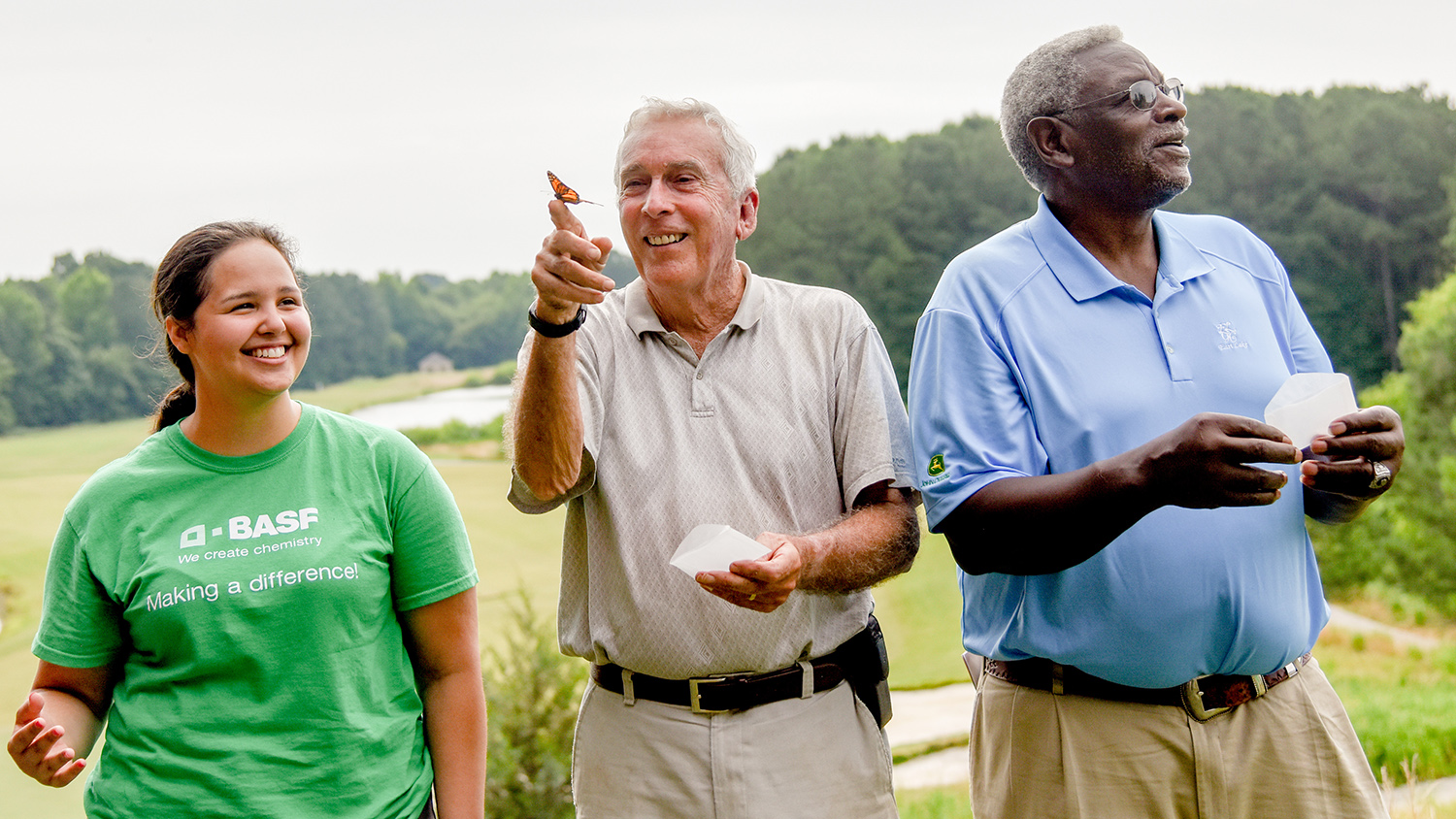
Butterflies Get Royal Treatment on Golf Course

Triangle Smart Cities to Hold First Summit June 6

Social, Computer Scientists Want to Share Data On Group Behavior
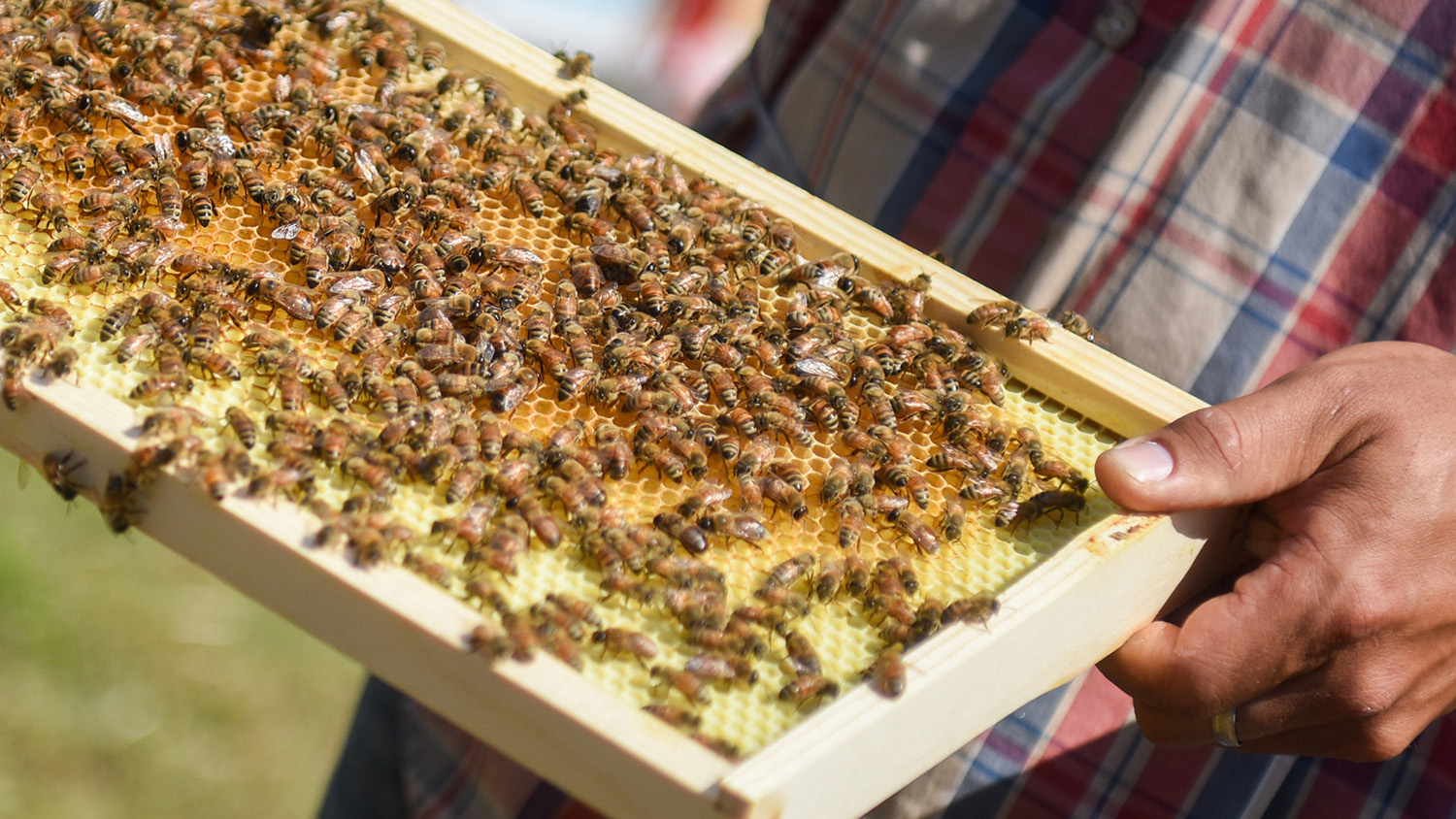
Bee the Change: New Apiary on Centennial Campus
Pilot Project Offers Blueprint for Addressing Mental Health Needs of Homeless Children
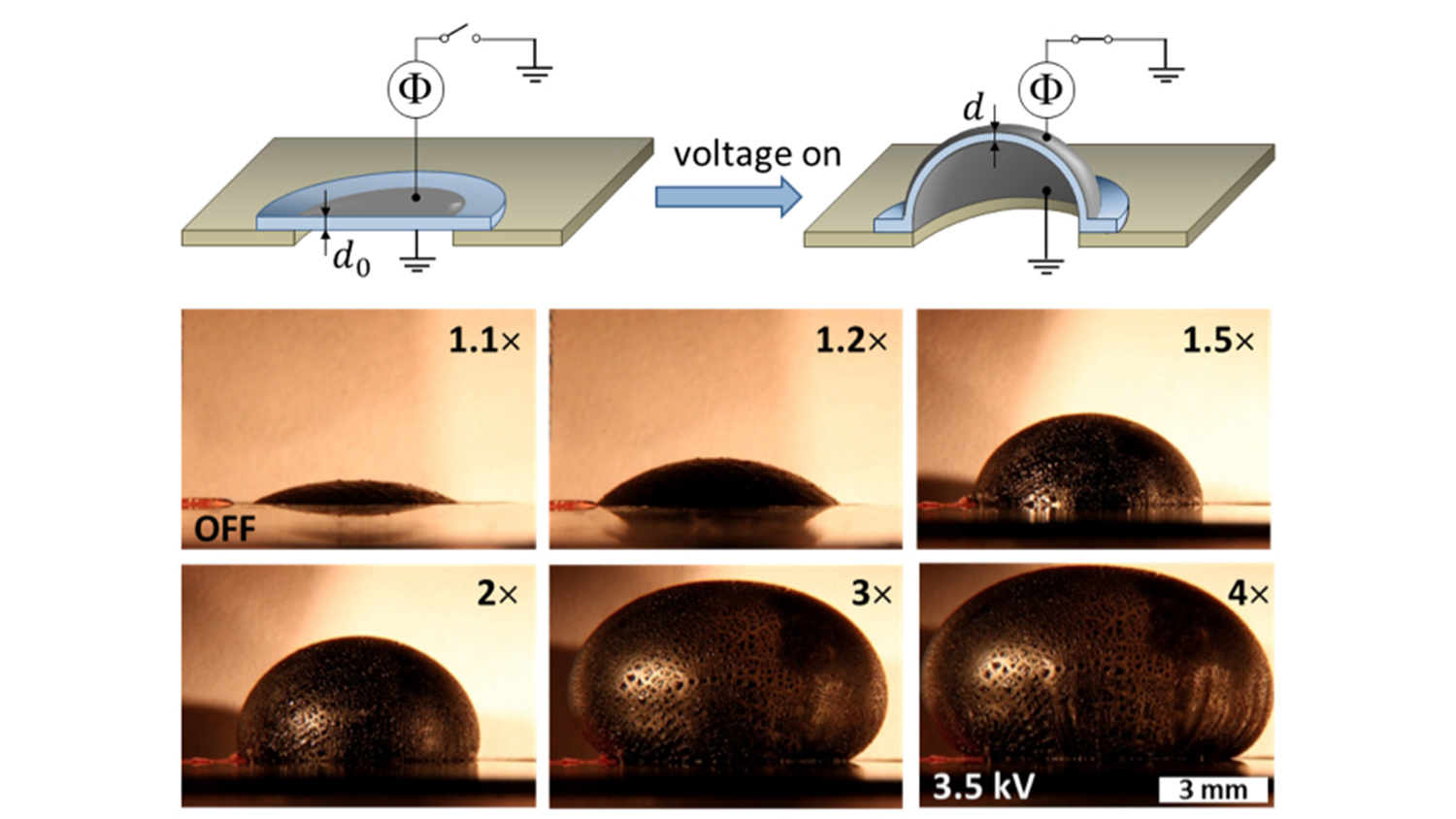
New ‘Bottlebrush’ Electroactive Polymers Make Dielectric Elastomers Increasingly Viable for Use in Devices
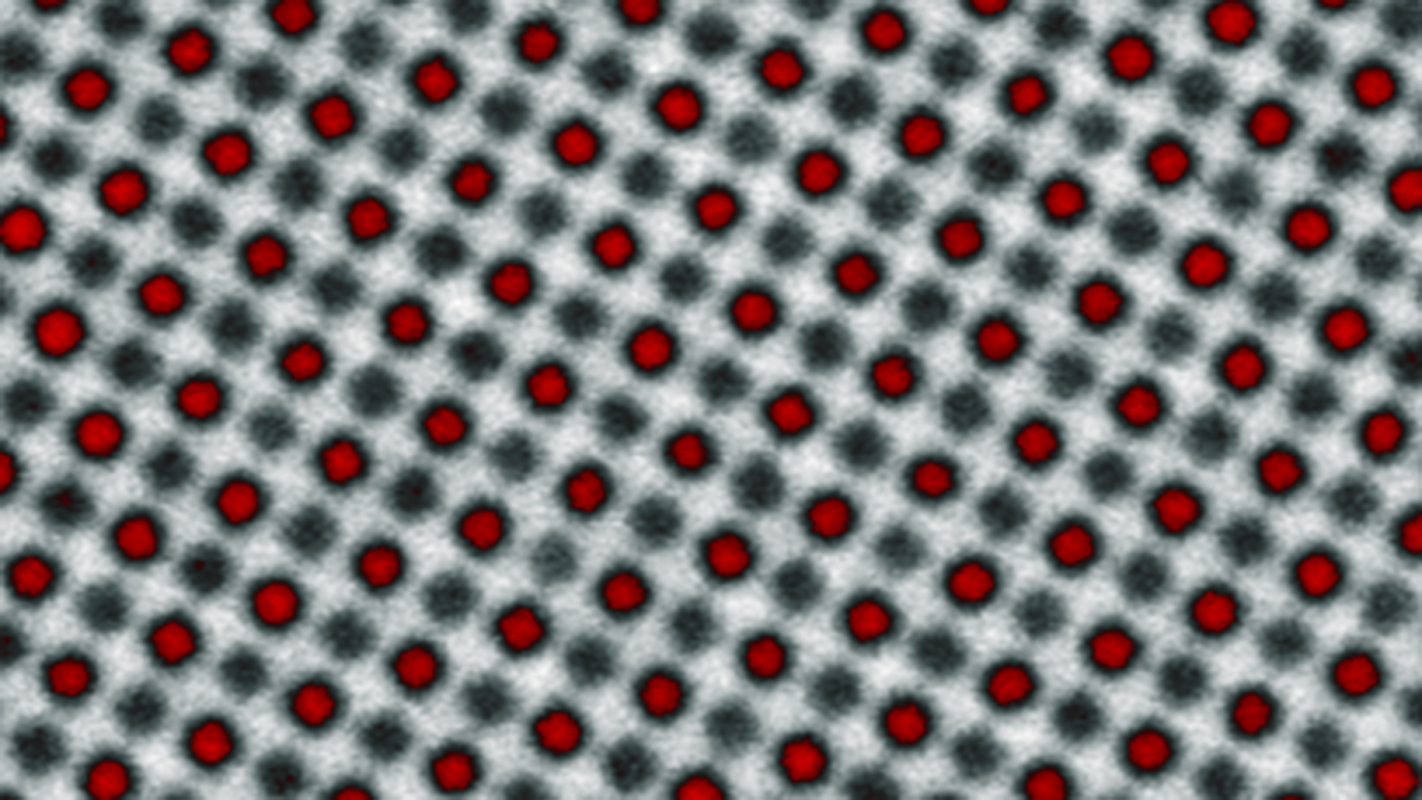
NC State Leads NSF Program to Train Future Leaders at Nexus of Big Data and Materials Science
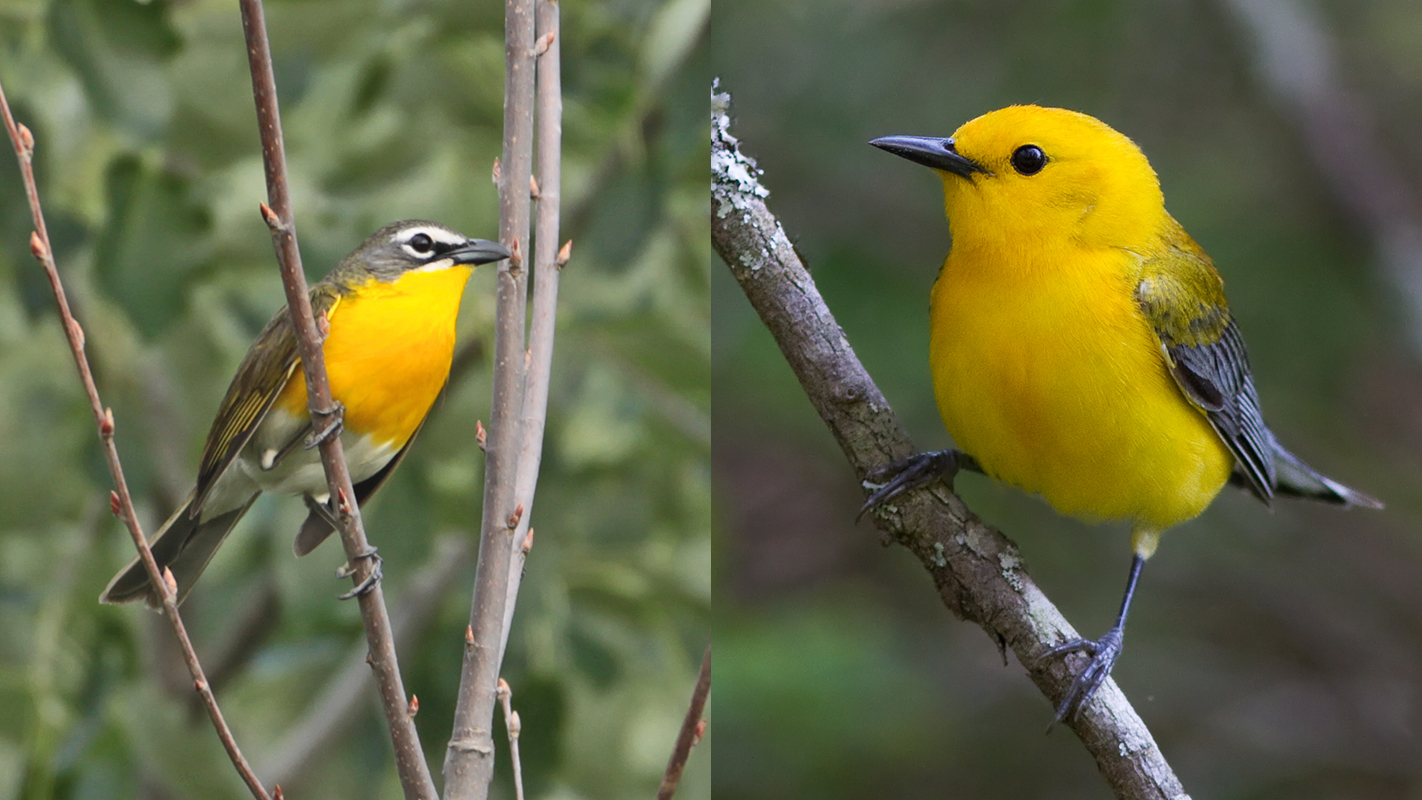
Study: Bioenergy Decisions Involve Wildlife Habitat and Land Use Trade-offs
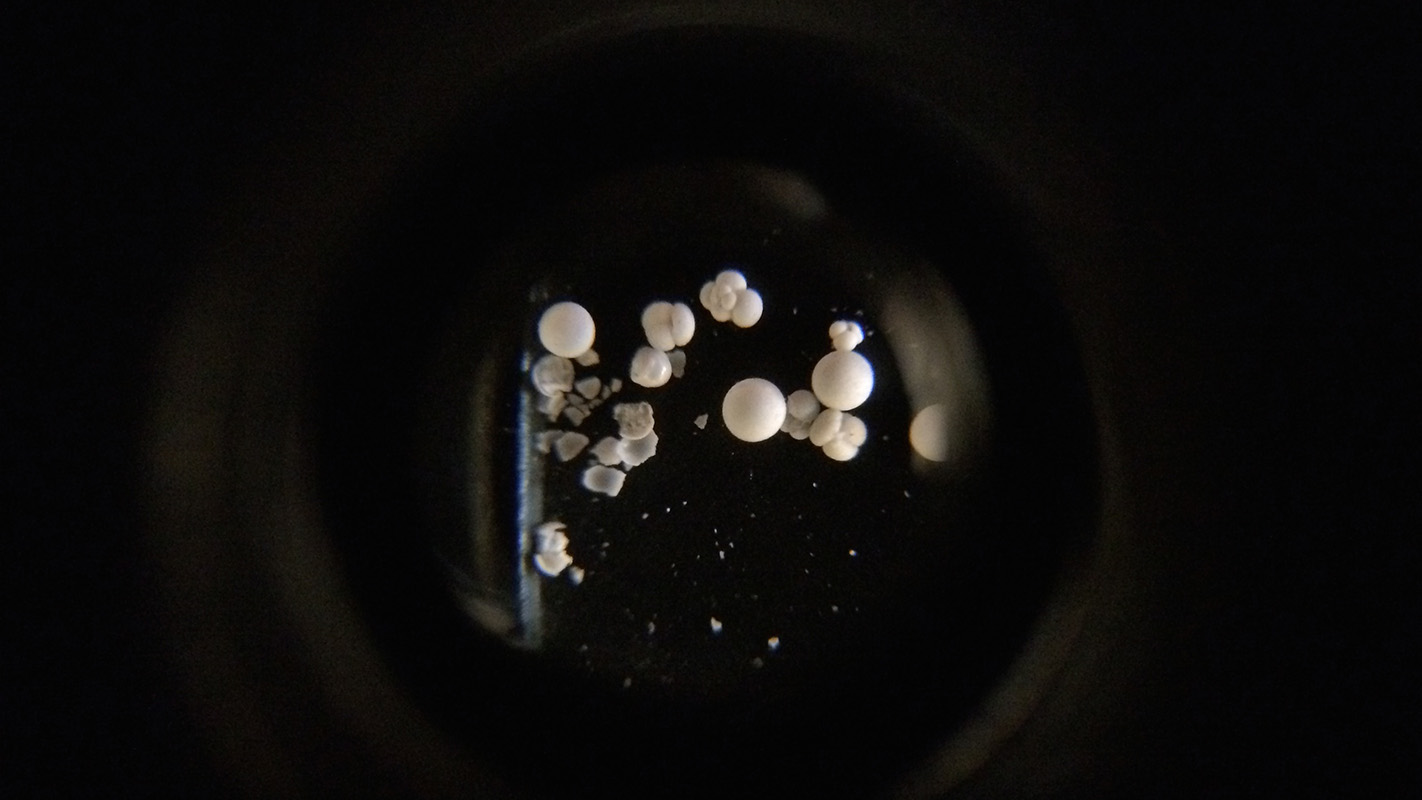
How Teaching Robots to Identify Microscopic Fossils Could Help Us Understand Oceans
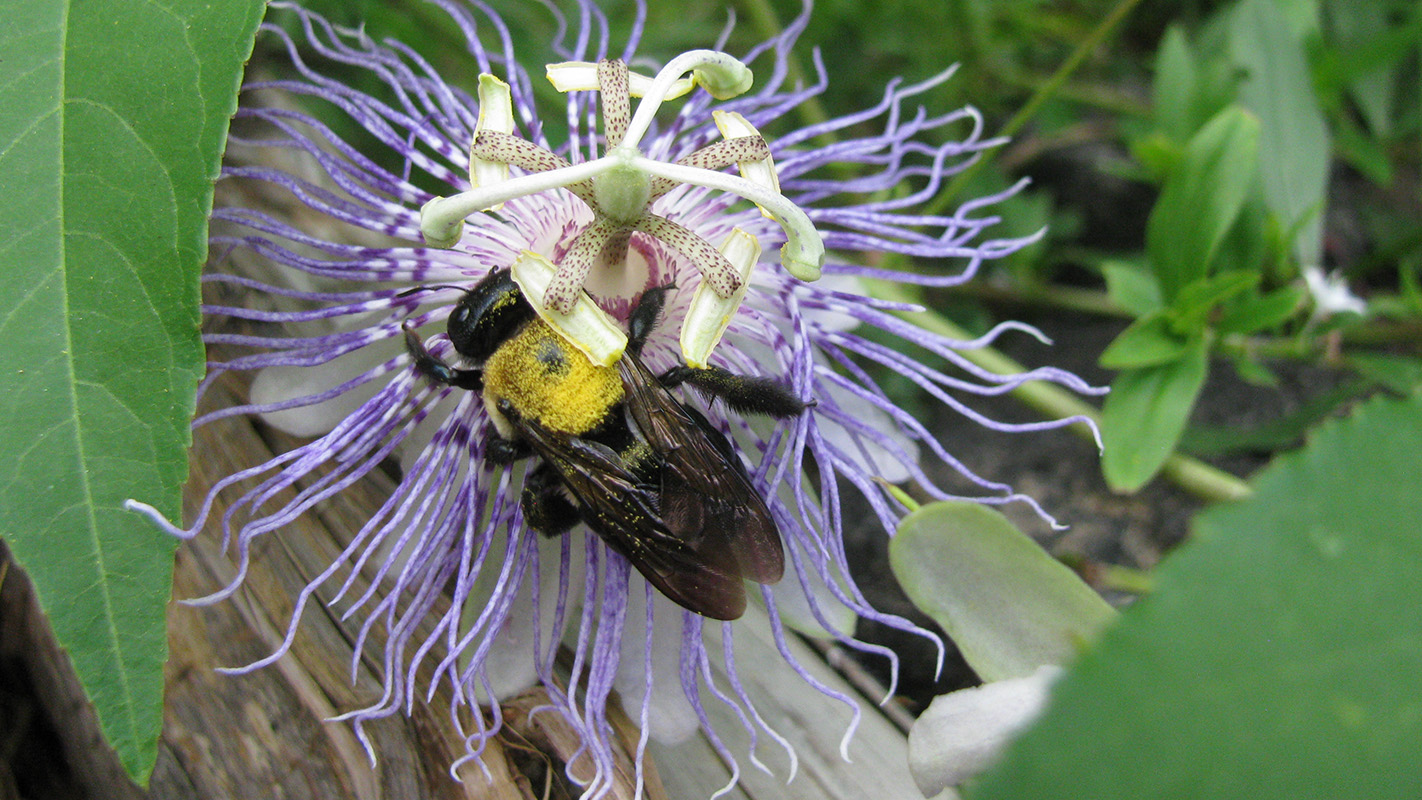
Expanding Outreach to Support Bees and Other Pollinators
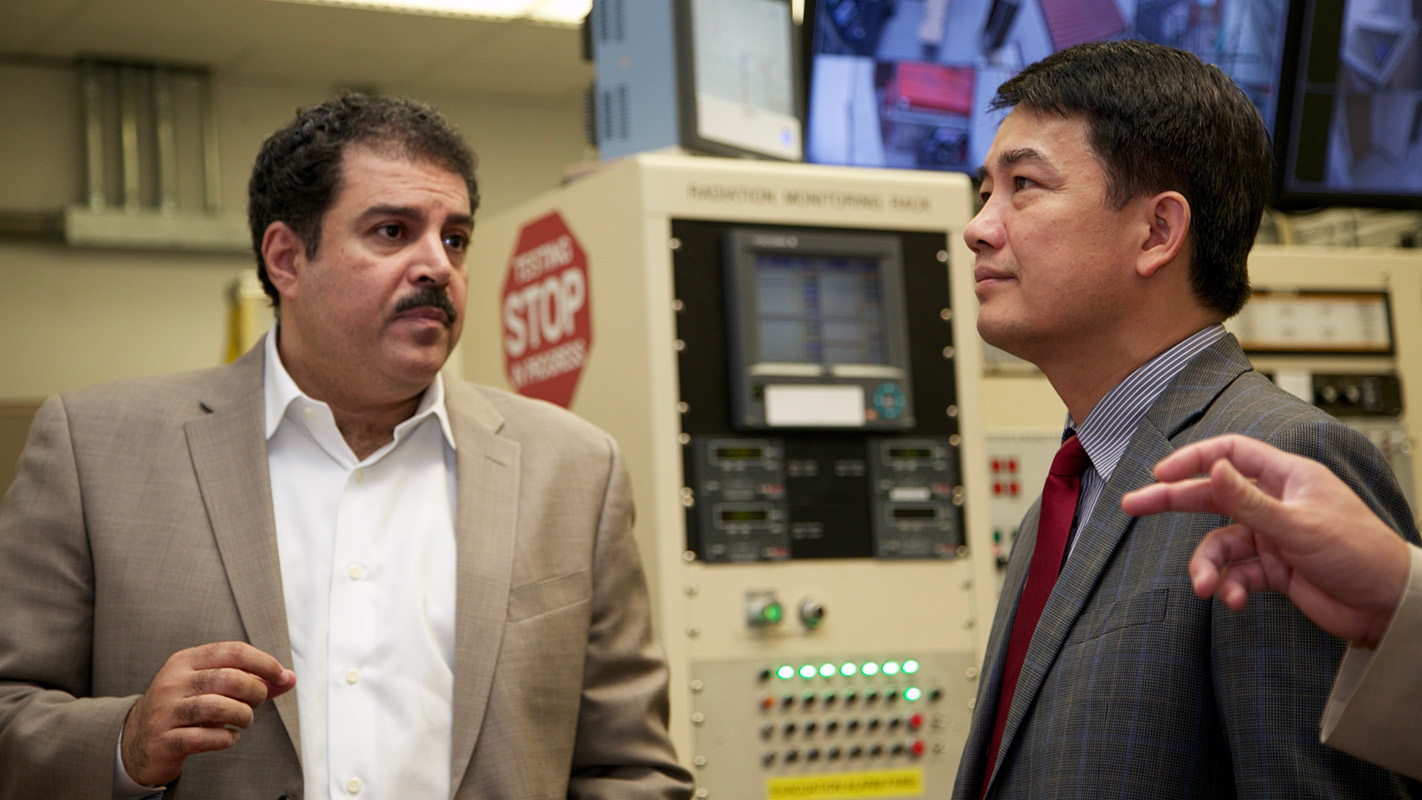
NC State Engineers to Help Further Civilian Nuclear Energy in Vietnam
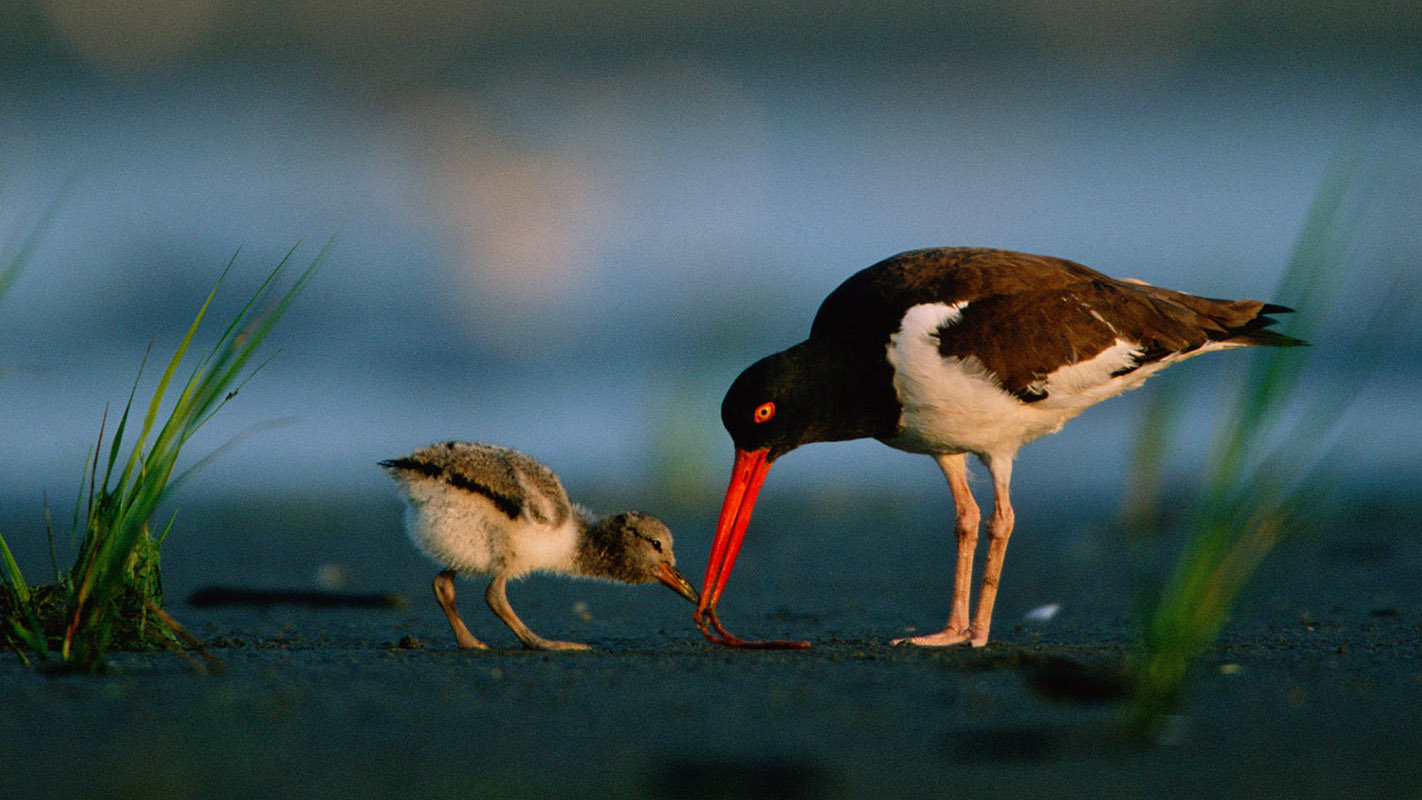
Shorebirds Ignore Aircraft, But Pay Attention to People, Off-road Vehicles
